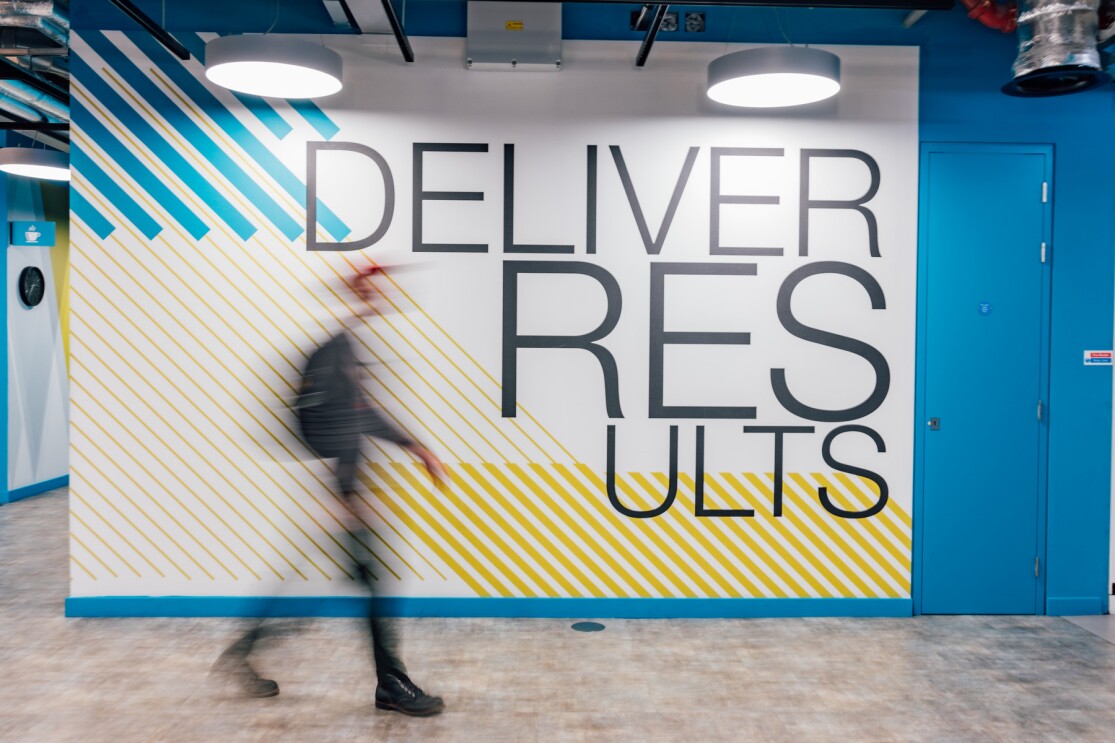Securing a job at Amazon isn’t just about having the right qualifications and skills—you must pass a unique interview process that’s unlike any other.
Although I’ve had job interviews before, none have been as rigorous, lengthy, or thorough as the ones I had at Amazon. The process consisted of phone interviews with the recruiter and hiring manager, before a five-hour interview loop which involved several interviewers from across the business.
It was challenging to navigate but not only did I land a job here, I also gained valuable insight into the Amazon interview process along the way. Here are my top tips that will help you stand out among the thousands of applicants and could make all the difference in your Amazon interviews.
1. Your recruiter will offer guidance along the way

If you progress to the interview stage, you will be in regular communication with a recruiter who acts as your guide during the rest of the journey. Although I initially thought my recruiter was simply there for administrative purposes and to coordinate timings, I soon realised they were an invaluable resource.
Recruiters are also there to offer personalised guidance throughout this process. This ranges from offering advice on which Leadership Principles (tenets which form the basis of Amazon interviews) might be most relevant to the position you are interviewing for, to highlighting the parts of the job description to really focus on.
Don't hesitate to ask questions about your interviewers, request clarification on aspects of the role, or seek advice on how to prepare effectively. I made sure to make the most of my calls with my recruiter, asking for guidance and an insider’s perspective on what they were looking for.
Remember your recruiter wants you to succeed—they've invested time in your candidacy and can offer crucial insights that might not be available elsewhere, so establish a good rapport and make the most of their expertise.
2. Use the job description to shape your responses

It’s important to remember the job description isn’t just there as an indicator for what to expect from the role – it should also help form the basis of your responses to interview questions.
As part of my interview preparation, I studied the job description meticulously, which involved highlighting any skills mentioned, then coming up with examples from my career where I have put this into practice. During the interviews I would then cite these examples, demonstrating how they show I have the skills the job description is looking for.
Remember, job descriptions can include clues about challenges the team faces and strategic priorities, so addressing these proactively in your responses to interview questions shows you have done your homework and can contribute from day one.
3. Don’t be afraid to ask your interviewer questions

At the end of each of your Amazon interviews you’ll be asked if you have any questions. That’s not merely an afterthought, instead it’s an opportunity to demonstrate genuine interest, a chance to be curious, and prove you are thinking about long-term impact rather than simply securing the job.
For my interviews, I looked up each interviewer online to learn more about their background and role, preparing questions for each of them. This included queries about team dynamics, challenges they face, questions about the Amazon culture, recent projects they are proud of, and what they are looking for in a candidate.
It’s important to remember Amazon job interviews aren’t one-way conversations—instead, they should be an engaging dialogue between you and the interviewer. A meaningful conversation can leave a lasting impression and show you genuinely want to become a valuable team member.
4. Prepare plenty of examples for your interview loop
 Artwork highlighting Amazon's ethos brings colour to each floor of the office.
Artwork highlighting Amazon's ethos brings colour to each floor of the office.During your interview loop you can expect to participate in multiple interviews where different team members will ask you about your previous experience. Each interview typically lasts an hour and, depending on the job level you have applied for, you could face four to six interviewers. They will either all take place on the same day or over several days, depending upon when you and the interviewers are available.
All the questions will be framed as ‘tell me about a time’ rather than be a brain teaser or something more hypothetical. And, crucially, each question will be tied to one of the Amazon Leadership Principles which form the basis of the culture here.
My advice would be to prepare detailed stories from your career following the STAR method (Situation, Task, Action, Result), ensuring you have at least one for each Leadership Principle. I prepared about 40 stories ahead of my interview loop and even that didn’t quite feel enough.
Make sure your story bank is diverse, highlighting both successes and failures from throughout your career.
While you can’t predict exactly what questions you will face, having plenty of detailed examples ready to go will allow you to respond confidently rather than scramble to recall instances during the high-pressure interviews.
5. Come prepared with data points

Perhaps the most important thing I learned during the Amazon interview process is how important data is to Amazon. And that’s arguably the difference between a good Amazon interview and a great one—the ability to demonstrate achievements with concrete data points that show a measurable impact. That means rather than simply stating you “improved customer satisfaction”, you say you “reduced customer complaint rates by 32% within three months.”
I ensured for each example in my story bank I had a data point I could mention—it really did feel like I was citing numbers continually during my interviews. And if precise numbers aren’t available for some examples, come up with reasonable estimates— this will still demonstrate you realise the importance of data and shows analytical thinking.












